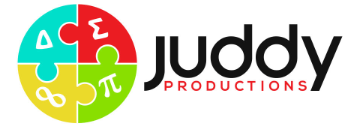Unit 2 Physics
Overview
This unit focuses on the application of models to more complex phenomena – motion and light – developed within contexts that are familiar to students and relevant to their experiences. Newtonian ideas of motion are extended to include a range of movements and more abstract ideas, while the wave and particle models of light provide a framework for exploring light phenomena in real world applications. The detailed studies provide opportunities to explore motion and/or light in nuclear, sustainable energy, flight, space and medical contexts.
Students continue to undertake extensive and regular experimental work in the laboratory. They design and undertake more complex investigations involving at least one independent, continuous variable, and take increasing responsibility for the design of investigations.
The use of simple mathematical modelling, including calculations, to organise first-hand and second-hand data, to make predictions and to link concepts is further developed and applied to more extensive data. Students begin to analyse and solve quantitative and qualitative problems in familiar contexts. Computer and graphics calculator programs are used to collect and analyse first-hand and second-hand data, and to present investigation findings.
Unit 2 consists of two prescribed areas of study: Motion and Wave-like properties of light; and a third area of study to be chosen from one of the remaining detailed studies: Astronomy, Astrophysics, Investigations: Flight, Investigations: Sustainable energy sources and Medical physics.
In this unit, students identify a problem or research question and formulate a prediction or hypothesis, select at least one relevant independent continuous variable and recognise controlled variables. They adapt or extend given methods, or at least partly design their own methods, for the control of variables and the systematic collection and recording of sufficient relevant data for simple investigations.
Students record raw qualitative and quantitative data and present processed data, including correct use of units, symbols and formulas, appropriately. They select and use appropriate materials, apparatus and measurement procedures to ensure reliability in the data. When drawing relevant conclusions from their investigations, students take into account sources of error and uncertainty. They evaluate limitations of, and weaknesses and errors in, techniques and equipment. Alternative interpretations of data and results are identified. Students identify and apply safe and responsible practices when completing independent and collaborative investigations. They use appropriate information sources to assess risk.
